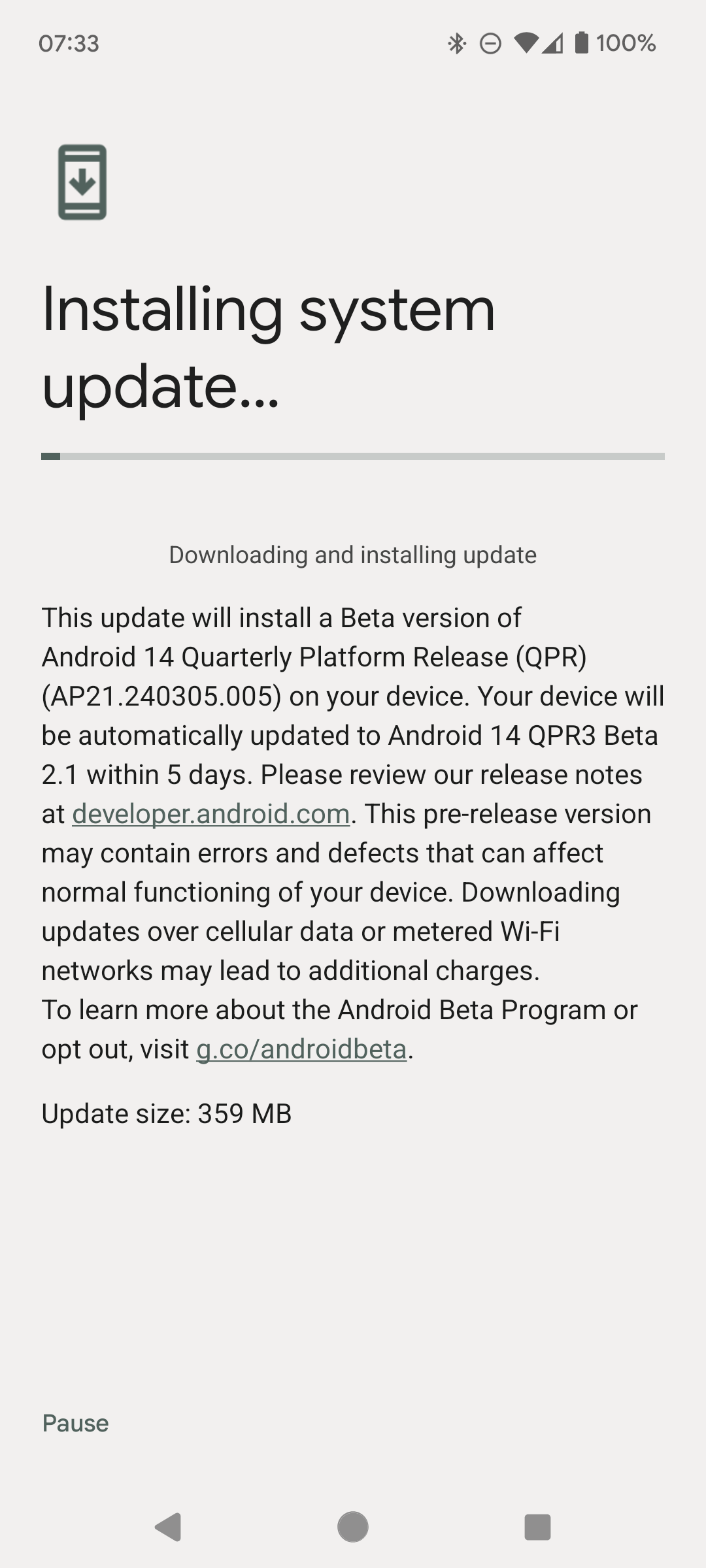Timeshift for the system, works perfectly, if you screw up the system, bad update for instance just start it, and you'll be back up running in less than ten minutes. Simple Cron backups for data, documents etc, just in case you delete a folder, document, image etc . Both of these options to a second internal HD
Minty95
Use timeshift, install it, just chose where you want the backups to be installed, preferably a second HD or SD Flash. Chose when like once a day, week at start up for instance and forget it. Then if you screw up your Linux, just start in console mode, timeshift --restore and five mins later your up and running.
If you want just your data to be copied, then Cron
Both are standard Linux programs, often already installed depending on what Linux you have
Though to late to help you, when you get it working again, install Timeshift, so that instead of faffing around to try and suss out what went wrong, you just start timeshift -- restore from the console and a couple of minutes later you'll have your working setup back. It's saved my bacon quite a few times in the last couple of years, especially when you can't login to your DE.
I'm running a Debian Bookworm on a Zotac Tiny PC, plus Docker and Mosquitto with HomeAssitant supervisor installed and a Sonoff usb dongle P. No ZigBee2MQTT. To begin with the Dongle was recognised by HA, natively running ZHA, all worked okay. Then I added ZigBee2MQTT as a add-on in HA, linked it to my Mosquitto account, added MQTT as an add-on as you need it as well. The difference is enormous, as I now have a ZigBee Dashboard, many more options were seen by the ZigBee2MQTT on the devices that I had installed that weren't seen by the ZHA, I was even able to update certain firmware on my switches.


I would use two different disks, the one that you have already for windows and a second one for Linux. When you're ready to install Linux Unplug the windows disk, so that you can't screw it up ( been there, did that 😭) then when you need to use either the Linux or Windows Just choose the start up disk in bios at booting, usually F11, a tiny bit longer than dual booting, but it will save you a lot of hassle. Dual booting is rather dangerous as windows has the annoying habit of wiping Linux grub setups when updating, and Linux has the annoying habit of wiping everything, two different disks, much easier.